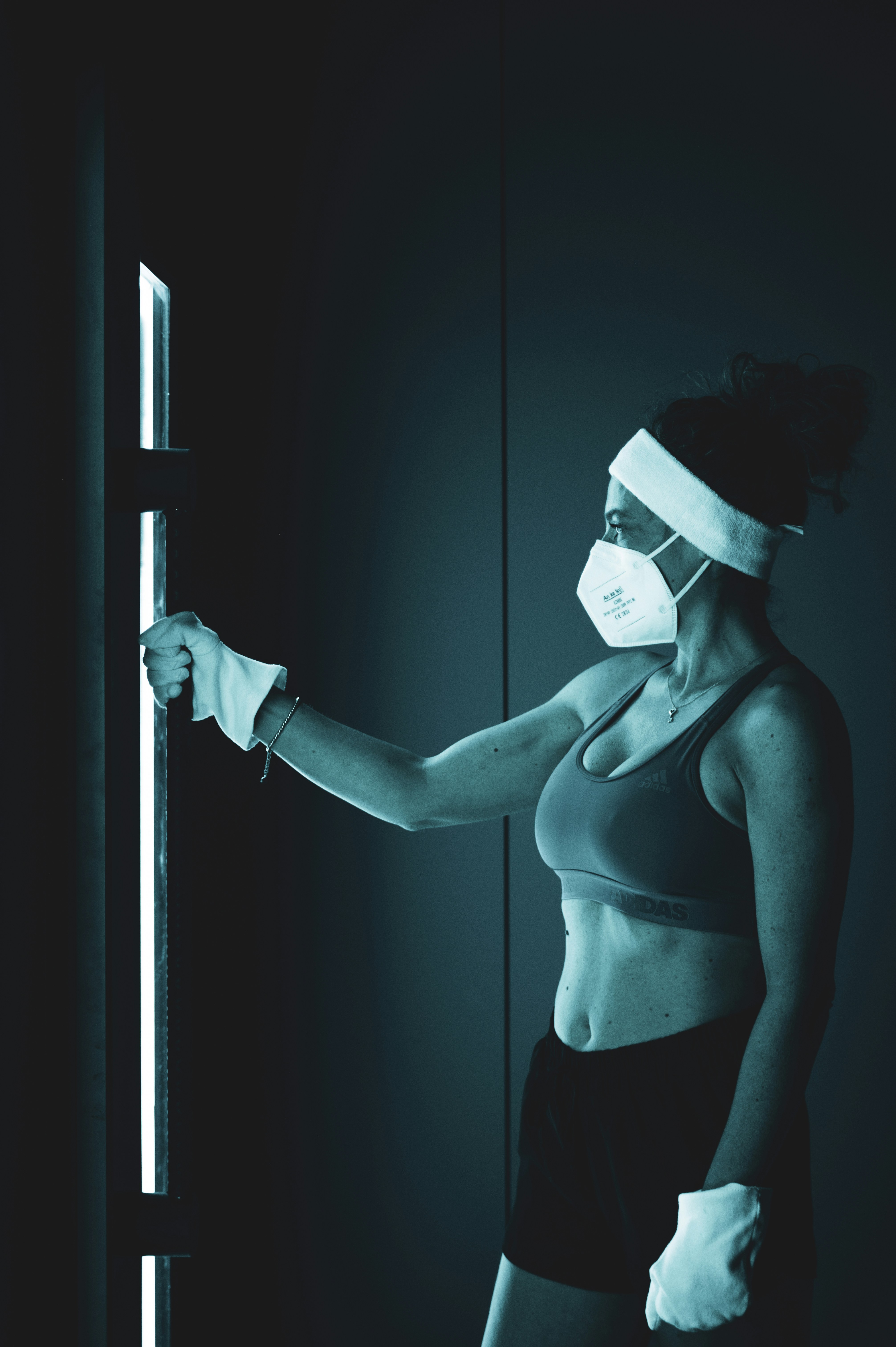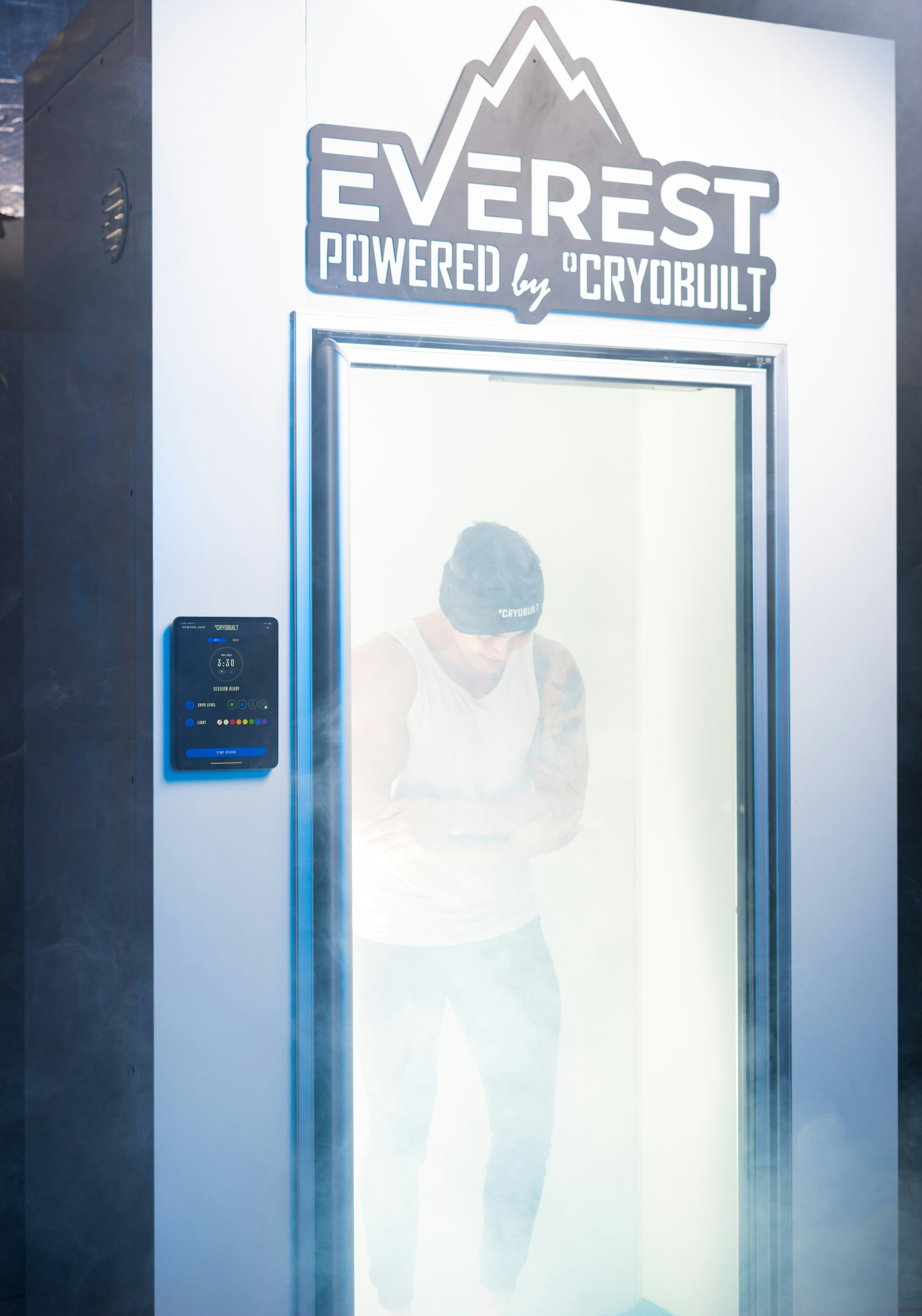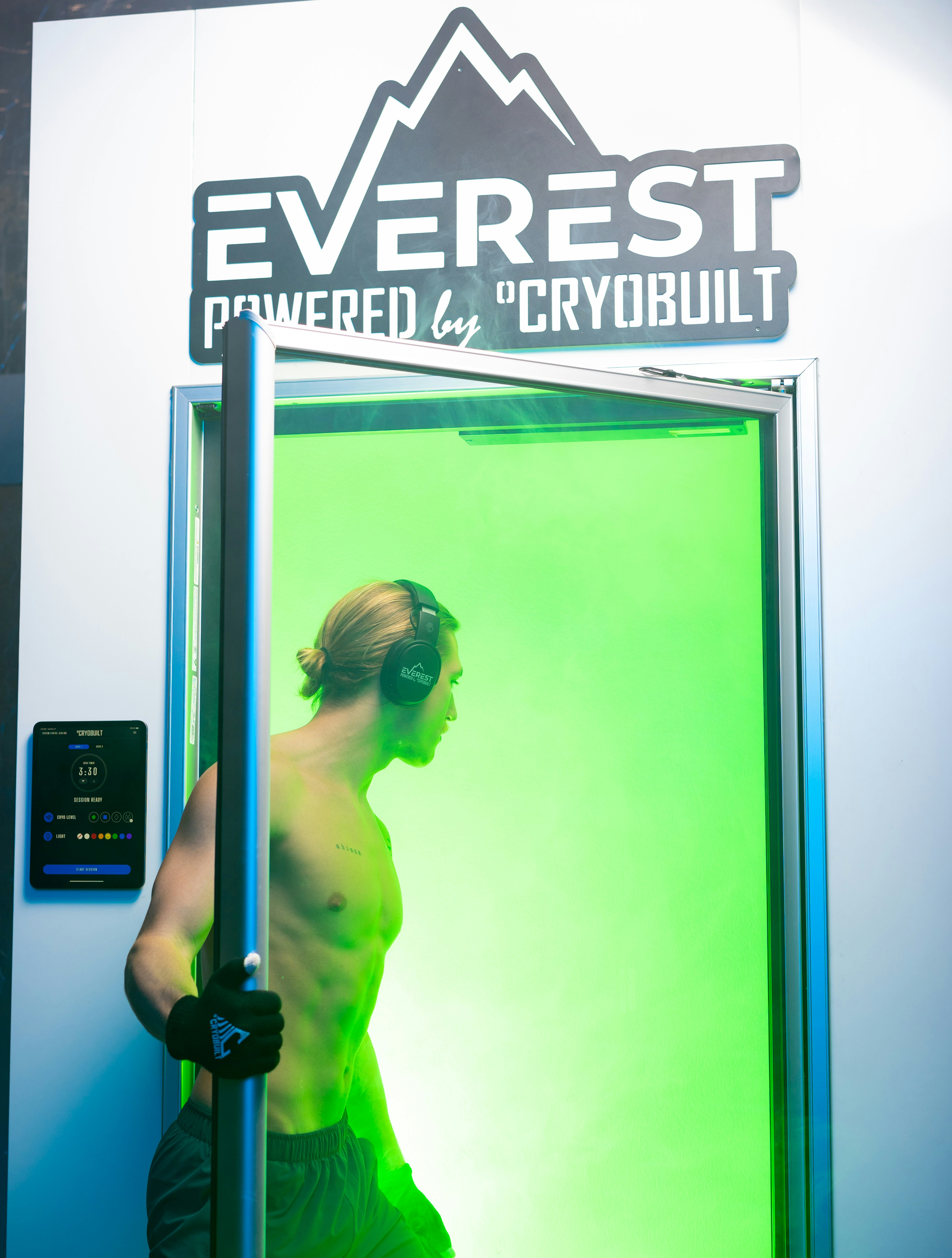Have you ever taken a cold plunge and wondered about its effects on your body, beyond just the immediate icy shock? Cold plunges, or immersions into cool water, are more than just an invigorating wake-up call or a trending wellness activity. They offer a range of benefits, particularly in boosting your body’s microcirculation efficiency. In this article, we’ll explore how these brisk immersions can play a crucial role in improving the health and function of your body’s microcirculation system.
What is Microcirculation?
Microcirculation refers to the flow of blood through the smallest vessels in your circulatory system, namely capillaries, arterioles, and venules. This network is vital because it is responsible for the delivery of oxygen and nutrients to your cells and the removal of metabolic waste. Effective microcirculation fosters healthy tissue function and supports your overall well-being.
Although microcirculation operates on a diminutive scale compared to the main blood vessels, its impact on your body is substantial. Think of it as the local postal service that ensures all your body parts receive the “packages” they need to function optimally.
Importance of Microcirculation
The microcirculatory system is not just a network of tiny vessels; it’s a critical component that affects your body holistically. Efficient microcirculation is essential for:
- Nutrient delivery: Ensuring your cells receive the nutrients they need for cellular processes.
- Waste removal: Clearing out carbon dioxide and other metabolic waste, preventing buildup.
- Wound healing: Faster recovery through enhanced circulation that delivers repair materials to injured tissues.
- Temperature regulation: Maintaining an optimal body temperature through effective blood flow.
Difficulty in microcirculation can lead to numerous health issues including impaired wound healing, skin disorders, and chronic conditions like diabetes.
Understanding Cold Plunges
A cold plunge involves immersing part or all of your body in cold water, typically at temperatures between 10 to 15 degrees Celsius (50 to 59 degrees Fahrenheit). While the idea might sound daunting, especially during chillier months, the effects of cold plunging can be incredibly rewarding.
The History of Cold Plunges
Cold water therapies have been used for centuries across different cultures. From the ancient Romans, who would frequent cold baths after their renowned hot saunas, to modern athletes who take ice baths to speed up recovery, the practice of cold plunge has stood the test of time. It’s rooted in the idea that exposure to cold stimulates bodily functions and enhances physical health.
Physiological Impact of Cold Plunges
When you immerse your body in cold water, several things happen momentarily:
- Vasoconstriction: Your blood vessels constrict, redirecting blood to protect your internal organs.
- Increased Heart Rate: To maintain body temperature, your heart rate rises, boosting blood circulation.
- Release of Endorphins: The adrenaline rush from cold exposure prompts an endorphin release, often leaving you invigorated and refreshed.
These responses are your body’s natural adaptive measures aiming to maintain equilibrium and protect itself from cold stress.
The Benefits of Cold Plunges on Microcirculation
Now that you understand microcirculation and cold plunges, let’s delve into how these two concepts are bridged logically and physiologically.
Improved Blood Vessel Function
Cold plunges cause blood vessels to undergo a cycle of constriction and dilation. When you exit the cold water and warm up, your blood vessels dilate, which can lead to improved vascular tone and elasticity over time. This enhancement in blood vessel function can contribute to more efficient microcirculation.
Enhanced Lymphatic Circulation
The lymphatic system, often dubbed the body’s drainage network, works in tandem with your circulatory system. Cold exposure can stimulate lymphatic circulation, facilitating greater efficiency in draining toxins and waste.
Boosted Oxygenation
As circulation improves post-plunge, the delivery of oxygen-rich blood to your tissues increases, which can improve cellular health and function. This heightened oxygenation is crucial for energy production and cellular regeneration in your body’s microenvironment.
Table: Benefits of Cold Plunges on Microcirculation
| Benefit | Description |
|---|---|
| Improved Vascular Function | Enhanced blood vessel tone and elasticity due to constriction and dilation. |
| Enhanced Lymphatic Circulation | Better removal of toxins and waste, supporting detoxification. |
| Boosted Oxygenation | Increase of oxygen-rich blood delivery, invigorating cellular activities. |
Cold Plunge Practices and Recommendations
While incorporating cold plunges into your routine can be beneficial, it’s essential to approach the practice wisely and safely. Here are some suggestions to help you get started and maximize the benefits.
Gradual Acclimatization
If you’re new to cold plunging, start slow. Begin with a brief immersion, such as dipping your feet or taking a cold shower for a short duration, gradually increasing the time and immersion depth over weeks.
Consistency is Key
Like most health practices, consistency yields the best results. Aim to incorporate cold plunges a few times a week. This regular exposure helps your body adapt and reduces the initial shock, allowing you to enjoy the benefits more comfortably.
Listening to Your Body
While cold plunges can be highly beneficial, it’s important to listen to your body’s signals. If you feel unusually uncomfortable or experience adverse effects, it’s advisable to discontinue the session and consult a healthcare professional.
Mindfulness and Breathing
Practicing controlled breathing can enhance your cold plunge experience. Deep, steady breaths help your body relax, easing the initial shock and enhancing the restorative benefits. Additionally, approaching the plunge with a meditative mindset can promote mental clarity and stress alleviation.
Connecting Cold Plunges and Overall Health
Beyond microcirculation, cold plunges offer broader health benefits that can elevate your wellness journey even further.
Mental Health Benefits
The endorphin rush triggered by a cold plunge often results in a heightened sense of well-being and mood enhancement. This practice has been shown to alleviate symptoms of depression and anxiety for some individuals, acting as a natural mood booster.
Muscle Recovery and Inflammation
For athletes or anyone experiencing muscle soreness, cold plunges can be a powerful tool in reducing inflammation and accelerating recovery post-exercise. The decrease in tissue temperature can reduce swelling and muscle pain, supporting a quicker return to training.
Immune System Support
Engaging regularly in cold plunges might stimulate your immune system. The cold stress can enhance the production of white blood cells, strengthening your body’s defense mechanisms against infections and diseases.
Table: Broader Health Benefits of Cold Plunges
| Aspect | Benefits |
|---|---|
| Mental Health | Mood enhancement and potential relief from depression and anxiety. |
| Muscle Recovery | Reduces inflammation, eases soreness, and accelerates post-exercise recovery. |
| Immune Support | Stimulates white blood cell production, enhancing your body’s disease-fighting ability. |
Considerations and Precautions
As with any health practice, it’s wise to take certain precautions when engaging in cold plunges to ensure safety and effectiveness.
Consulting with Healthcare Professionals
It’s crucial to consult with a healthcare provider before beginning cold plunges, especially if you have existing heart conditions, circulatory issues, or any other health concerns that might be affected by sudden temperature changes.
Monitor Duration and Temperature
Keep your sessions brief initially. As a rule of thumb, limit exposures to about two to five minutes maximum, gradually increasing as you become more comfortable. Ensure the water temperature is not dangerously cold to avoid risks like hypothermia.
Cold Plunges Aren’t for Everyone
Recognize that while cold plunging can be beneficial, it might not be suitable for everyone. If you have Raynaud’s phenomenon or extreme sensitivity to cold, it’s important to approach this practice with caution or seek alternatives that align better with your health needs.

Final Thoughts on Cold Plunges and Microcirculation
Cold plunges offer a unique, invigorating way to enhance your body’s microcirculation efficiency while providing an array of additional health benefits. By taking a mindful, gradual approach and understanding the underlying processes, you can harness these cold immersions as a powerful tool in your wellness arsenal. As with any health routine, listen to your body, be safe, and enjoy the invigorating journey toward improved health and vitality.




